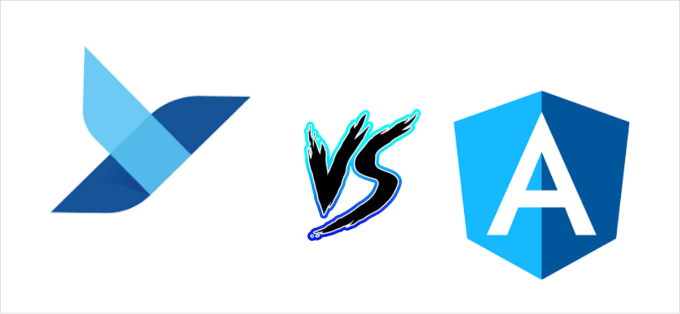
It might be challenging for developers to select the best framework because there are various kinds of frameworks for web application development. For ten years, Angular was the dominant framework for the AngularJS development company. However, Flutter is a more modern invention that has completely revolutionized the digital world. To resolve the difficulty that developers encounter, we considered comparing these two incredible frameworks i.e Angular dart vs Flutter
What is Flutter?
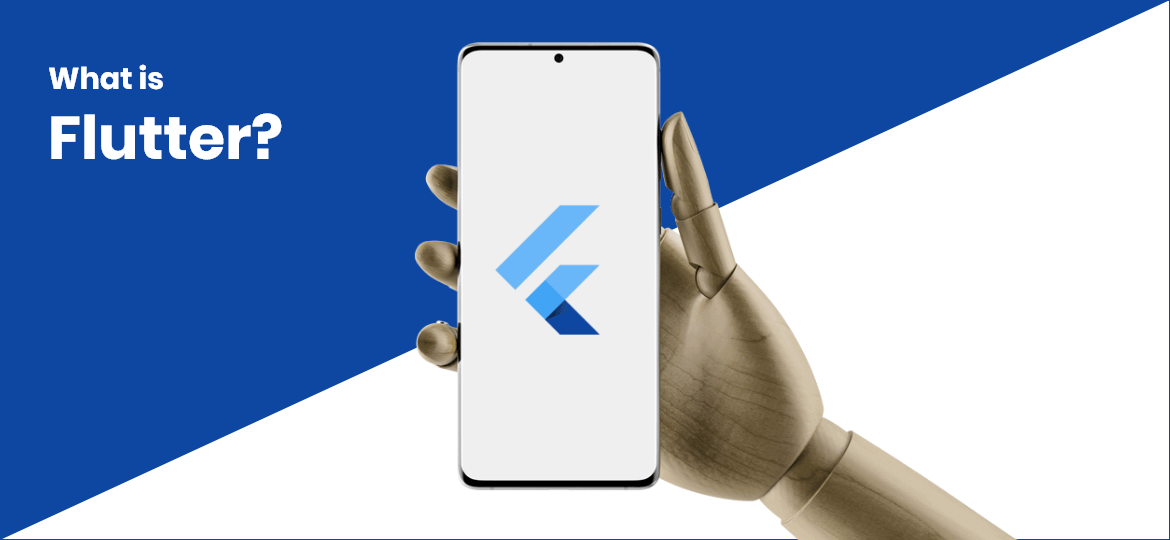
The cross-platform Flutter framework works with Android, iOS, Windows, desktops, and other devices. It mainly consists of four parts: the Dart platform, the Flutter engine, the Foundation library, and the Flutter DevTools.
The full software development kit (SDK) for Flutter is constantly being updated to give users a more reliable platform. In order to develop a fully functional application, it also makes use of a few design-specific widgets.
With the aid of Google’s Skia graphic engine, the Flutter engines primarily write in C++. It is a graphics library that Google acquired in 2005 after being given first development credit by Skia Inc. The DART-based foundation library for Flutter provides it with the tools and resources it needs to easily construct applications.
Additionally, it has two widgets for creating new designs: Material design widgets and Cupertino widgets. While Cupertino widgets adhere to iOS human interface requirements, Material design widgets mostly employ Google’s design language (HIG).
Why Choose Flutter an Open-Source Framework?
To get a better knowledge of the capabilities of the Google tool and predict who will prevail in the Flutter vs. Angular duel, we should first balance the advantages and disadvantages. The Concetto Lab team will never get tired of stating that these criteria should be used while choosing a technology. There are efficient developers at Concetto Labs if you want to hire for Hire Flutter developers or Hire AngularJS Developers. Nothing will more clearly demonstrate how one solution vs another fits your project than a side-by-side comparison.
Pros and Cons of Using Flutter
Pros |
Cons |
| Clearly organized source code | A modest development community |
| amazing user interface features | There aren’t many excellent libraries yet. |
| flutter-based smartphone apps with high speed | Creating a mobile app will take more time and effort: |
| Modest and innovative web app development | |
| Simple and concise documentation |
What is Angular Framework?
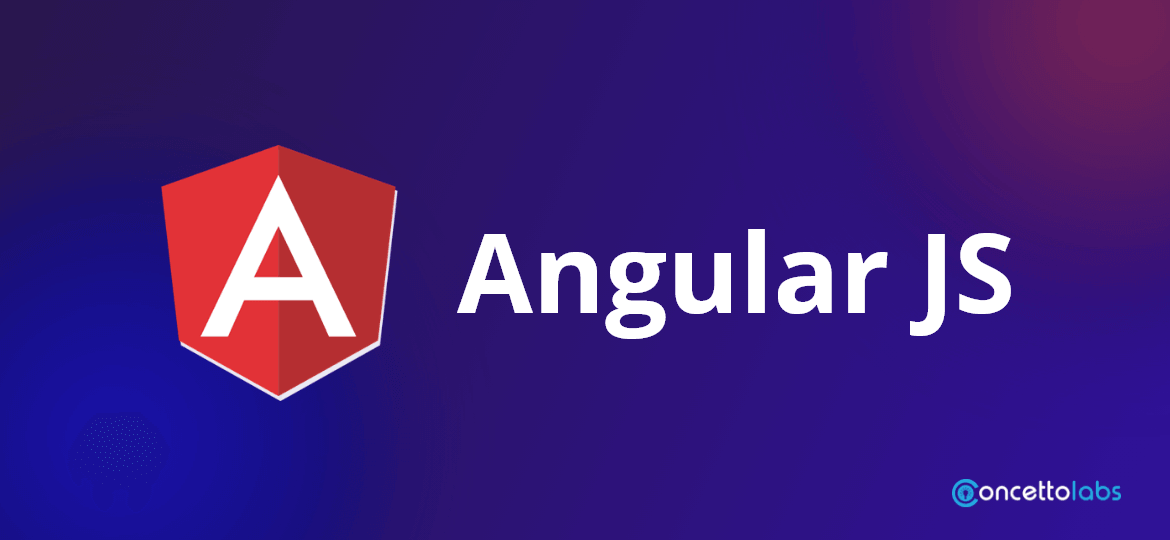
A front-end web framework is AngularJs, also referred to as Angular. It constructs web apps using Typescript and the fundamental HTML structure. Compared to Flutter, its competition, it is more stable. To develop an application, it makes use of components like data binding, type components, service components, provider components, etc.
The construction parts for the user interface are also made up of components like Dependency Injection and Filter Components. Additionally, a group of engineers founded Angular with the intention of building a cutting-edge platform for developers.
Angular frameworks are used to create apps like Google Voice, Google Transparency Report, Google Open Source, Messages, and Keen.
If the user is familiar with Javascript, Angular is simple to understand. When Angular was first released by Google in the market in 2012, it was only written in JS.
Why Choose Angular Framework?
Let’s now discuss Angular 2+’s benefits and drawbacks. Companies can utilize this technology to construct their web projects even though it is not a platform for building native-like mobile applications. Additionally, the final projects will work flawlessly on mobile browsers.
However, if you explicitly want to create an Angular-based application, AngularJS Development company, Concetto Labs will reveal the trick of how to bundle your web apps with extra tools right after this block. So, let us assess Google’s front-end technological process.
Pros and Cons of using Angular Framework
Pros |
Cons |
| The strict arrangement reduces mistakes in the early stages of development | You cannot create a fully functional native-like app without the aid of other tools |
| Huge engagement from programmers all across the world: | |
| Reactive programming features provided by the framework | |
| Several libraries and add-ons available |
Comparison: Angular Dart vs Flutter Framework
Flutter is a single system-based language that lets you create applications using a variety of various parts. It is still being developed and is a little unstable. However, it is still commonly used by developers because of its improved execution component. Flutter builds an SDK platform using four different elements.
Angular is superior in terms of reliability because it uses HTML and JavaScript to build applications. It primarily consists of six components for creating applications.
Due to its reliability and superior framework outcomes, Angular is a well-known source and is frequently used.
Factors of Comparison |
Flutter |
Angular |
| Source Language | The C++-based Flutter engines power all of the Dart-written Flutter applications. | It builds the structure of its applications using JS and HTML. |
| Activity Performance | Because Flutter utilizes the same ARM code for both iOS and Android, it performs better. | When Angular switches from Android to iOS, the identical application must be rebuilt. |
| Utilization | Usability-wise, it is marginally less stable. | Due to its high stability features, Angular differentiates out from the competition in terms of usability. |
| Components | To build the applications, Flutter employs parts including the Flutter Engine, Dart platform, Foundation library, and operating system-specific widgets. | The apps are built using components like Data Binding, Type Components, Dependency Injection, and Service Components. |
| Userbase and developing | It is still being developed regularly because of how unstable it is. | Angular now has a huge user base and is also undergoing an evolution to improve its performance and efficiency. |
| Worldwide Ranking | Ranked as number 03 worldwide. | Dart Programming Language |
| Announced at | In 2015 at Dart development Summit but name differently and in 2017 developed for the market. | Developed in 2009 by Miško Hevery. |
| Architecture | Flutter Engine, Dart Platform, OS Design-specific widgets, and Foundation Library. | Components are Function Components, Type
Components, Filter Components, Service Components, Provider Components, etc. |
| Target OS | Mobile | Mobile and Computer |
| Functionality | Work as a Software Development Kit (SDK) | Work as building blocks of a User interface (UI) |
| Written in | Dart Programming Language | Windows TypeScript |
Wrapping Up
So, which technology is ideal for creating mobile applications? Try an open-source UI kit if you want to build a product from scratch using solely Google’s tools. You should be prepared to lengthen the development time because it will make more sense. It makes sense to think about using React Native while creating an emergency smartphone app.
It makes no sense to rewrite an Angular 2+ web app that is already functioning on a different platform. Using Ionic to design an app that looks native is considerably simpler. You can wrap your product in a native mobile app format using the Ionic SDK. You must select a winner between Flutter and Angular based on the two factors mentioned above.


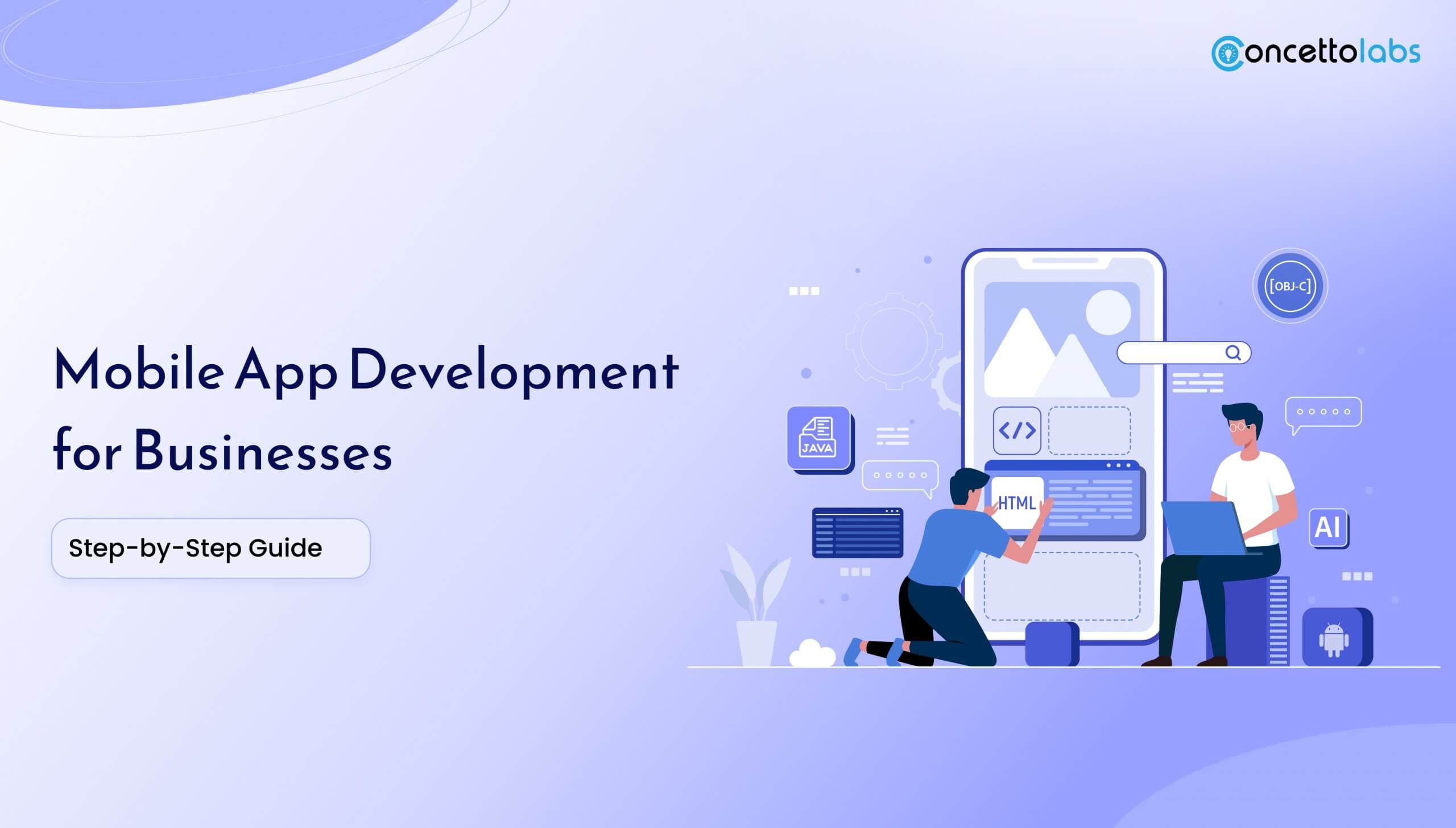
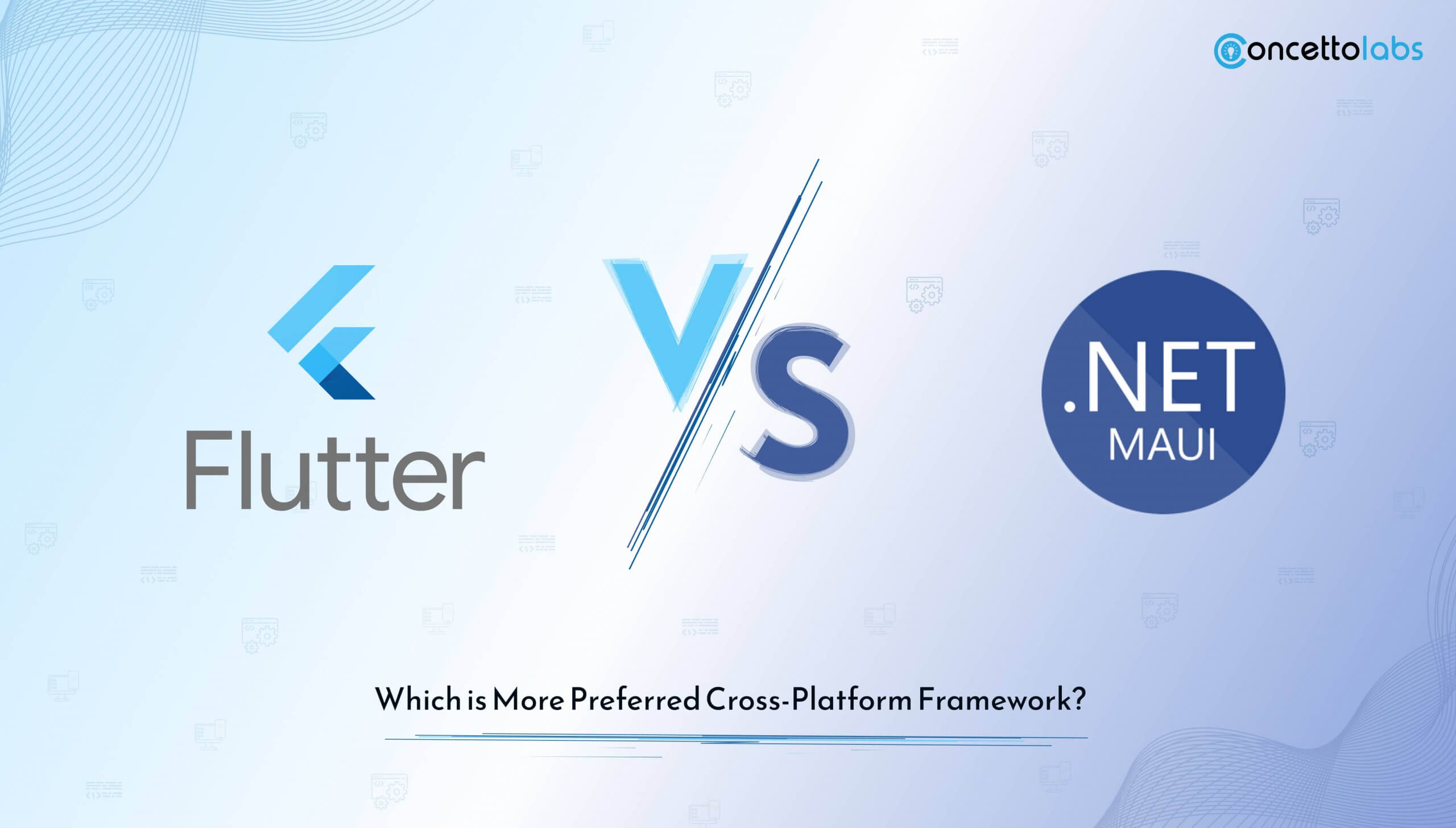





 Indonesia
Indonesia
 Botswana
Botswana
 USA
USA
 Italy
Italy
 Panama
Panama





 USA
USA UK
UK Saudi Arabia
Saudi Arabia Norway
Norway India
India Australia
Australia